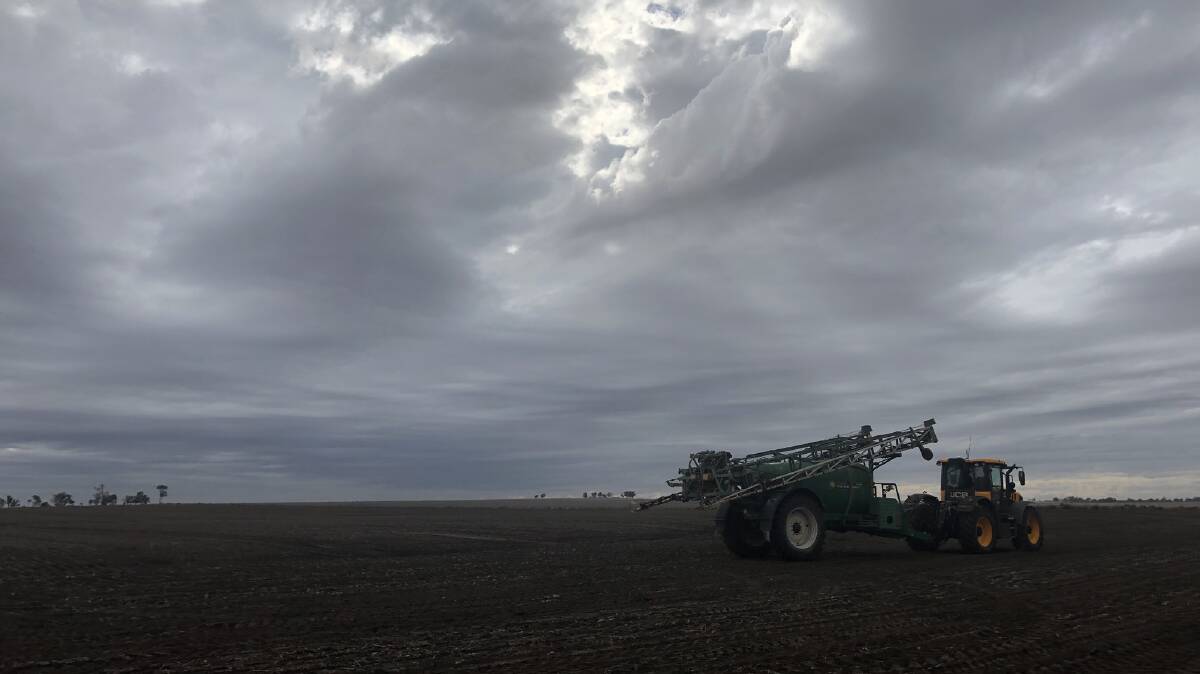
Despite the odd thunderstorm, chances are northern Australia will experience below average rainfall until mid-January due to the delayed onset of the tropical monsoon.
Bureau of Meteorology climatologist Greg Browning said the positive Indian Ocean Dipole was responsible for the delay, causing the monsoonal trough to remain in the northern hemisphere.
"The monsoon is a global weather system, we saw a very late withdrawal of the Indian monsoon, hence we are running well behind schedule for the (southern hemisphere) monsoon," he said.
"That is likely to lead to widespread dry conditions over much of northern Australia between now and the end of the year.
"However, once we head into the new year, that particular climate driver is likely to break down."
Mr Browning said indications were that other climate drivers would remain neutral over summer, leading to more average rainfall patterns.
"The monsoon, which is what we talk about when the really heavy widespread rains happen, that normally happens in the last week of the year, it looks like there is a high chance it will happen later than average," he said.
"The monsoon and the passage of the monsoon trough is very important as to the ultimate amount of rainfall over northern Australia is going to look like."
Mr Browning said while rainfall was likely to remain below average in December, in the absence of other climate drivers, such as El Nino, predictions were for average rainfall over the summer period.
"It becomes a fifty-fifty chance whether we will see below or above average rainfall over any particular location in northern Australia," he said.
Mr Browning said a delayed onset of the monsoon did not mean heavy rainfall was likely to continue for longer.
"The last monsoon activity usually happens during April, usually it will not happen beyond that, it closes down as the seasons begin to change and the global wind patterns revert back to what they were in the dry season," he said.
Mr Browning said over the longer-term increases in sea-surface temperatures have been driving stronger, but shorter, wet seasons across northern Australia.
"There has been a trend for increasing rainfall over most of northern Australia for the last 40 years," he said.
"Most of that rainfall is happening in the really high rainfall months of January, February and March, the wet season is getting compressed in a sense.
"The proportion of rainfall that is coming from really extreme rainfall events has been increasing."
What is the wet season?
Mr Browning said the wet season referred to the period where the monsoon trough generally transitioned from the northern hemisphere to the southern hemisphere.
"By definition we say the wet season starts in October and ends in April for northern Australia," he said.
Mr Browning said within the northern wet season there are two distinct periods in the wet season, the build-up and the monsoon proper.
"The typical build-up usually lasts from the start of the wet-season, so early October, going through to perhaps mid to late December," he said.
"Once we get into Christmas-time in the far north we start to see episodes of the monsoon."
Mr Browing said while typically the monsoon trough is portrayed as lying across the entire of northern Australia, often it is broken, effecting different parts of the country.
"Sometimes it effects eastern Australia and not western Australia, sometimes the Northern Territory misses out," he said.
"Last year was a classic example where we had a monsoon trough very active over Queensland cause major flooding there, but there was nothing resembling a monsoon trough over the Northern Territory and Western Australia for large periods of the monsoon."


